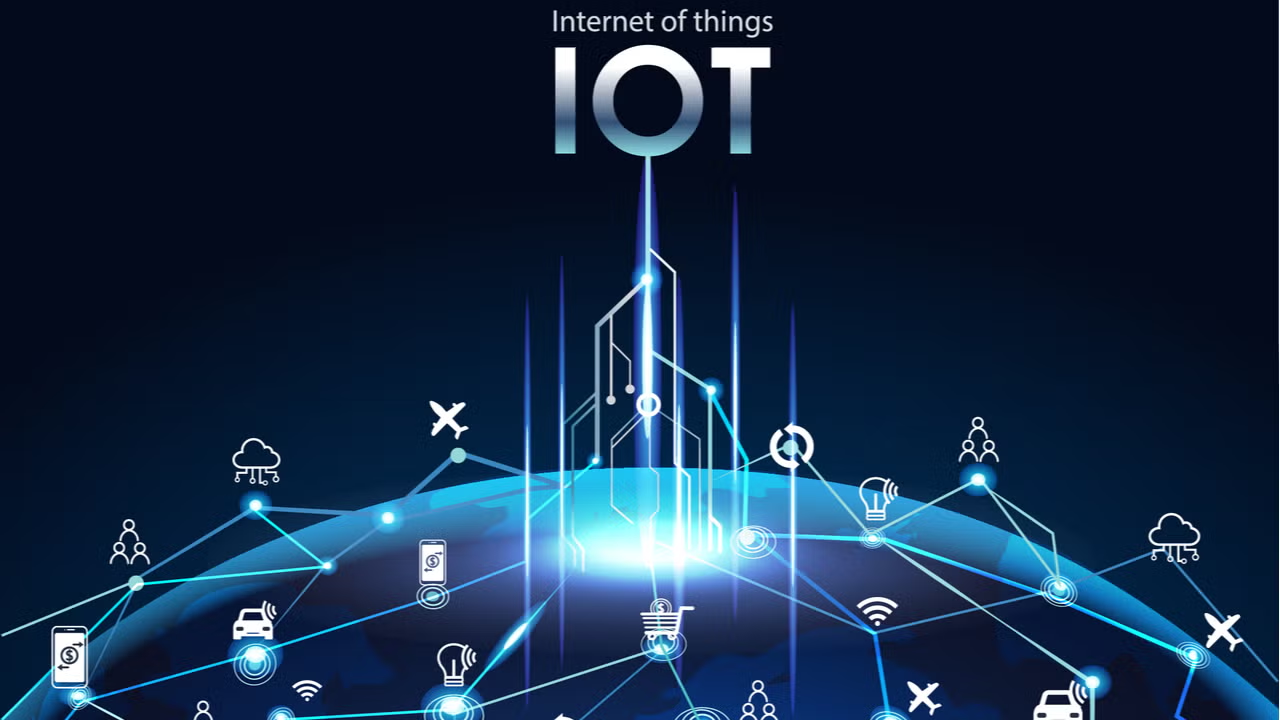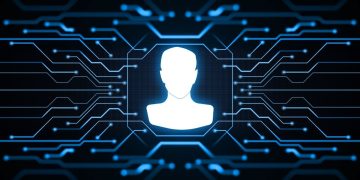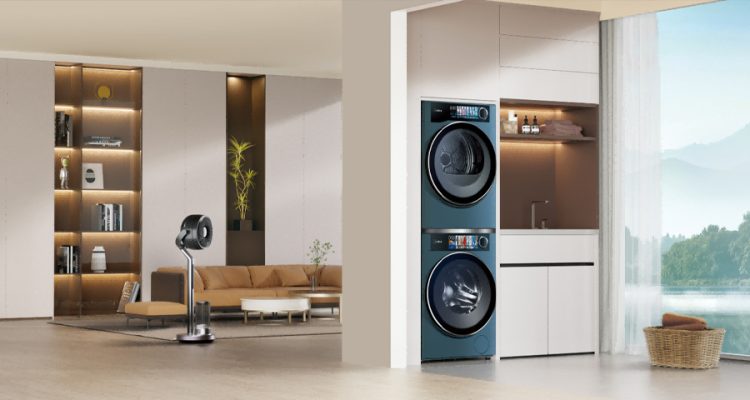Introduction
The age of smart homes is upon us. With the rise of Internet of Things (IoT) devices, our homes are becoming increasingly connected, with gadgets like voice assistants, smart thermostats, security cameras, and even connected kitchen appliances working together to enhance convenience and comfort. These smart technologies promise to streamline our daily routines, improve energy efficiency, and offer greater control over our environments.
However, this convenience comes at a cost: the potential compromise of digital privacy. As we embrace the smart home revolution, we are also placing an unprecedented amount of personal data into the hands of tech companies, service providers, and third-party applications. From the conversations recorded by voice assistants like Amazon’s Alexa and Google Assistant to the data generated by smart security systems, our homes are now full of devices that are constantly collecting, transmitting, and processing information.
In this context, the question arises: Can digital privacy be guaranteed in the era of smart homes?
In this article, we will explore the risks and challenges associated with maintaining privacy in smart homes, examine current regulatory efforts, and discuss the steps consumers can take to protect their privacy while still enjoying the benefits of smart technologies.
1. The Rise of Smart Homes and IoT Devices
A. What Are Smart Homes?
A smart home is a residence equipped with internet-connected devices that can be remotely controlled or automated. These devices are designed to make life more convenient, efficient, and secure. Some common examples of smart home devices include:
- Voice assistants (Amazon Alexa, Google Assistant, Apple Siri)
- Smart thermostats (Nest, Ecobee)
- Smart lights (Philips Hue, LIFX)
- Smart security systems (Ring, Arlo)
- Smart refrigerators and kitchen appliances
- Wearable technology (fitness trackers, smartwatches)
B. How Do Smart Homes Collect Data?
Smart home devices work by collecting data from their environment to optimize their functions. For example:
- Voice assistants listen to users’ commands and conversations to respond and offer services.
- Smart thermostats learn your temperature preferences over time and adjust the heating or cooling accordingly.
- Security cameras and sensors capture footage and monitor movement, sending notifications about potential intruders.
While this data collection helps improve functionality, it also creates large volumes of personal information that can be used, shared, and potentially exploited.
2. Digital Privacy Risks in Smart Homes
A. Constant Data Collection and Surveillance
Smart home devices are always listening, watching, and recording. For example, Amazon Alexa and Google Assistant are designed to respond to voice commands, which means they are constantly “listening” for the wake word. While the intention is to provide convenience, there is a concern that these devices are inadvertently recording private conversations when they mistakenly hear a wake word or fail to distinguish between different voices.
Smart cameras and smart doorbells, like Ring, offer a sense of security by allowing homeowners to monitor their property remotely. However, these devices also create potential security and privacy risks. If not properly secured, cameras could be hacked, exposing private footage or enabling unauthorized access to personal data.
B. Data Sharing and Third-Party Access
Another major concern is the sharing of data. Many smart home devices are linked to cloud servers where data is stored, analyzed, and processed. In some cases, this data may be shared with third parties for marketing or other purposes. For example, smart home companies often partner with third-party apps and services to provide additional functionality. These partnerships can expose user data to external entities that may not prioritize privacy protection.
Even if companies claim to anonymize data, there is always a risk that it could be de-anonymized and used to profile individuals or track their behavior.
C. Security Vulnerabilities and Hacking Risks
Smart devices are vulnerable to cyberattacks. If these devices are not properly secured, they could be hacked, giving cybercriminals access to sensitive information. For instance, hackers could gain access to home security cameras, thermostat controls, or even a connected car, compromising the privacy and safety of homeowners.
Additionally, the widespread use of default passwords and inadequate security measures in smart devices can make them an easy target for hackers. Once compromised, the device may serve as a gateway to access other connected devices in the home or even sensitive personal data stored on smartphones or computers.
3. Regulatory Efforts and Privacy Protection Laws
A. Current Regulations on Data Privacy
As the use of smart home devices continues to grow, so does the need for regulations that protect consumer privacy. Several laws and regulations have been introduced to address privacy concerns in the digital age:
- The General Data Protection Regulation (GDPR): This regulation, introduced by the European Union, is one of the most comprehensive data privacy laws in the world. It gives consumers more control over their personal data and requires companies to obtain explicit consent before collecting or sharing personal information.
- The California Consumer Privacy Act (CCPA): A similar regulation to GDPR, CCPA grants California residents the right to know what personal data is being collected, request its deletion, and opt out of the sale of their data.
While these regulations are important steps toward protecting privacy, they are not foolproof. Not all smart home companies are fully compliant with these laws, and enforcement remains a challenge. Additionally, many smart home devices are often manufactured overseas, where different privacy standards may apply.
B. Industry-Specific Privacy Standards
In response to growing concerns, some industries have begun to implement their own privacy standards. For example, companies like Amazon, Google, and Apple have taken steps to improve transparency regarding data collection practices. Amazon, for instance, has introduced features that allow users to delete their voice recordings and view what data is being stored.
However, many of these measures are voluntary, and not all companies follow the same practices. This inconsistency in privacy protections raises questions about the overall effectiveness of self-regulation.

4. Protecting Digital Privacy in a Smart Home
A. Consumer Responsibility and Awareness
As a consumer, there are several actions you can take to protect your privacy while still enjoying the benefits of smart home technologies:
- Review Privacy Settings: Most smart home devices allow you to manage privacy settings, such as data sharing preferences and voice data retention. Take time to explore these settings and adjust them according to your comfort level.
- Use Strong, Unique Passwords: Ensure that all devices are protected by strong, unique passwords. Avoid using default passwords or easily guessable information.
- Encrypt Data: Whenever possible, use encryption for data stored on smart home devices. Many devices offer encryption options for cloud storage, ensuring that your data remains protected.
- Limit Third-Party Access: Be selective about the third-party apps and services you integrate with your smart devices. Only connect to trusted platforms, and review permissions before granting access to your data.
- Regularly Update Firmware: Keep all devices up-to-date with the latest security patches. Manufacturers often release firmware updates to address vulnerabilities, and failing to update your devices can leave them exposed to hackers.
B. The Role of Manufacturers and Developers
Manufacturers and developers must prioritize security and privacy when designing smart home devices. This includes implementing robust encryption protocols, creating user-friendly privacy settings, and ensuring that all data collection practices are transparent and compliant with privacy laws.
Additionally, manufacturers should be held accountable for the long-term security of their products. Many smart home devices have long lifecycles, and companies should commit to providing ongoing security updates to protect consumers from evolving threats.
5. The Future of Digital Privacy in Smart Homes
A. The Growing Need for Enhanced Privacy Protections
As the adoption of smart home devices continues to grow, so too does the need for enhanced privacy protections. The potential risks to personal privacy are significant, and as smart home ecosystems become more integrated into our daily lives, the consequences of data breaches or unauthorized surveillance could be far-reaching.
In the future, we may see the development of more advanced privacy technologies, such as decentralized data storage or AI-powered privacy controls, that give consumers greater control over their personal information.
B. The Role of AI and Blockchain in Privacy
Emerging technologies such as AI and blockchain could play a key role in enhancing digital privacy in smart homes. AI could be used to analyze and protect data in real-time, while blockchain could provide a secure, transparent way to store and share data. Both technologies have the potential to create more secure and privacy-conscious smart home ecosystems.
Conclusion
Digital privacy in the era of smart homes is a growing concern, as the convenience of connected devices often comes with the trade-off of personal data being collected and shared. While the technology behind smart homes offers countless benefits, consumers must remain vigilant in safeguarding their privacy. Regulatory efforts, consumer awareness, and proactive steps taken by manufacturers will all play crucial roles in ensuring that privacy is not sacrificed in the pursuit of convenience.
In the end, the future of digital privacy in smart homes will depend on a collaborative effort between consumers, tech companies, and lawmakers to create a secure, transparent, and responsible environment for smart technology use.
















































Discussion about this post